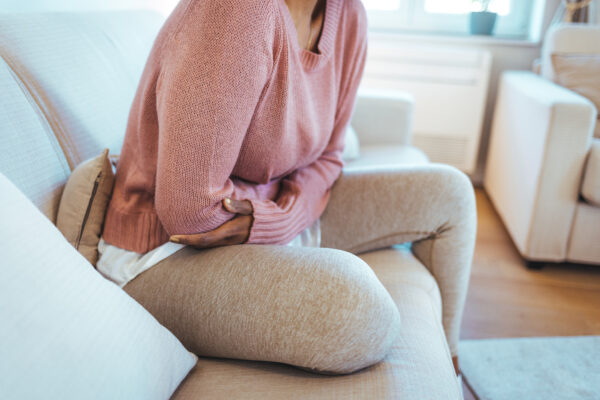
The teen years bring about much change for girls — not only socially and emotionally, but physically, too.
During the early adolescent years, a girl will start to develop breasts and pubic hair under her arms and around her private parts. She soon will experience vaginal discharge, as well. Typically, a girl will get her first period about 2 years after her breasts start to develop and about 6 months to a year after discharge begins.
With all these changes to her body, many questions arise for young women starting their menstrual cycles as to what’s normal and what’s not.
Most girls get their first period around age 12, but getting it any time between age 10 and 15 is typical. Every girl’s body has its own schedule, so the range of what’s normal with a young woman’s period is broad. Generally speaking, teen girls will have a period every 28 days that will last about 5 days. Although some teens may have their periods more or less often and it’s still considered a normal menstrual cycle.
For the first few years, a girl’s period may not come regularly. After about 2 or 3 years since her first period, they should be coming about once a month.
“The menstrual cycle is actually a very complex series of events,” said Dr. Elizabeth Mason, an adolescent medicine specialist at Akron Children’s. “It takes a lot of communication between your brain, ovaries and uterus for ovulation and menstruation to occur. This communication isn’t completely clear at first, and it takes time for the body to adjust and learn the process.”
While most girls don’t have any problems with their periods, some young women do experience menstrual bleeding that goes beyond the normal amount of about 1 to 3 oz. of blood loss per cycle. Heavy menstrual periods, known as menorrhagia, are those that consistently last longer than 7 days and require more than 7 absorption products a day.
Symptoms of heavy menstrual bleeding
- Periods that consistently last 7 days or more per menstrual cycle
- Flow that requires more than 7 absorption products a day to manage it
- Periods that impact a young woman’s quality of life, such as keeping her from participating in sports or concentrating at school
Common underlying causes of heavy menstrual bleeding
- Bleeding disorders, such as Von Willebrand disease
- Infections, like sexually transmitted diseases
- Hormonal problems, such as thyroid disorders
- Immature ovulation cycle
“Not only can heavy periods be a sign of a bleeding disorder or infection, but heavy bleeding also can lead to anemia or low red blood cell counts,” said Dr. Mason. “This can often make girls feel short of breath or extremely fatigued. Heavy bleeding also can significantly impact a young woman’s quality of life, which is another important reason to help control heavy bleeding.”
Periods are a natural, healthy part of a girl’s life, but they shouldn’t get in the way of enjoying it. It’s important young women are able to fully participate in school and other activities, despite having a period.
If your adolescent daughter has concerns about her menstrual cycle, encourage her to talk to her primary care doctor.
If she’s also experiencing symptoms such as excessive bruising, frequent nosebleeds and/or a history of excessive bleeding after surgery, contact Akron Children’s Young Women’s Bleeding Disorder Clinic at 330-543-8580.










